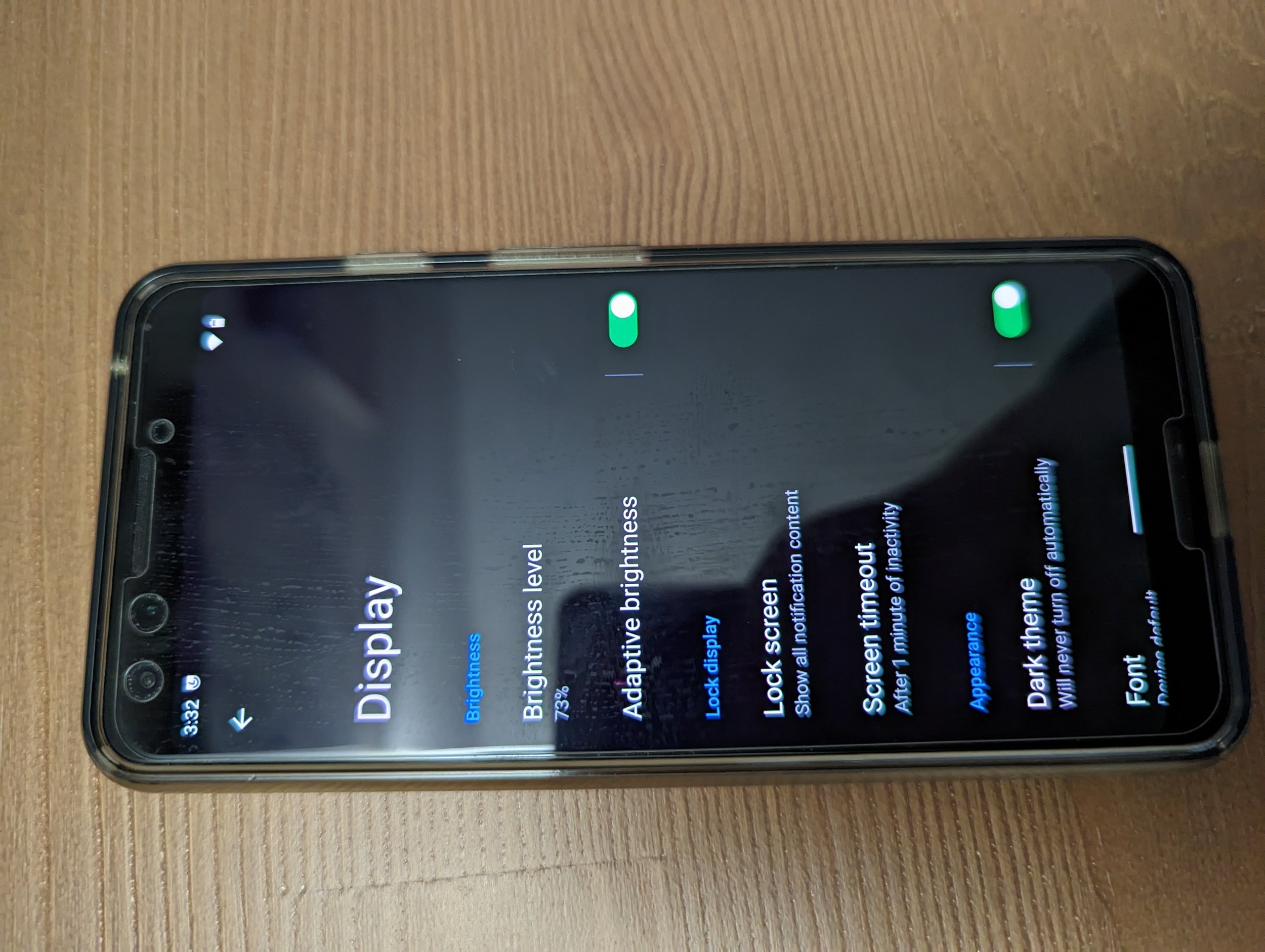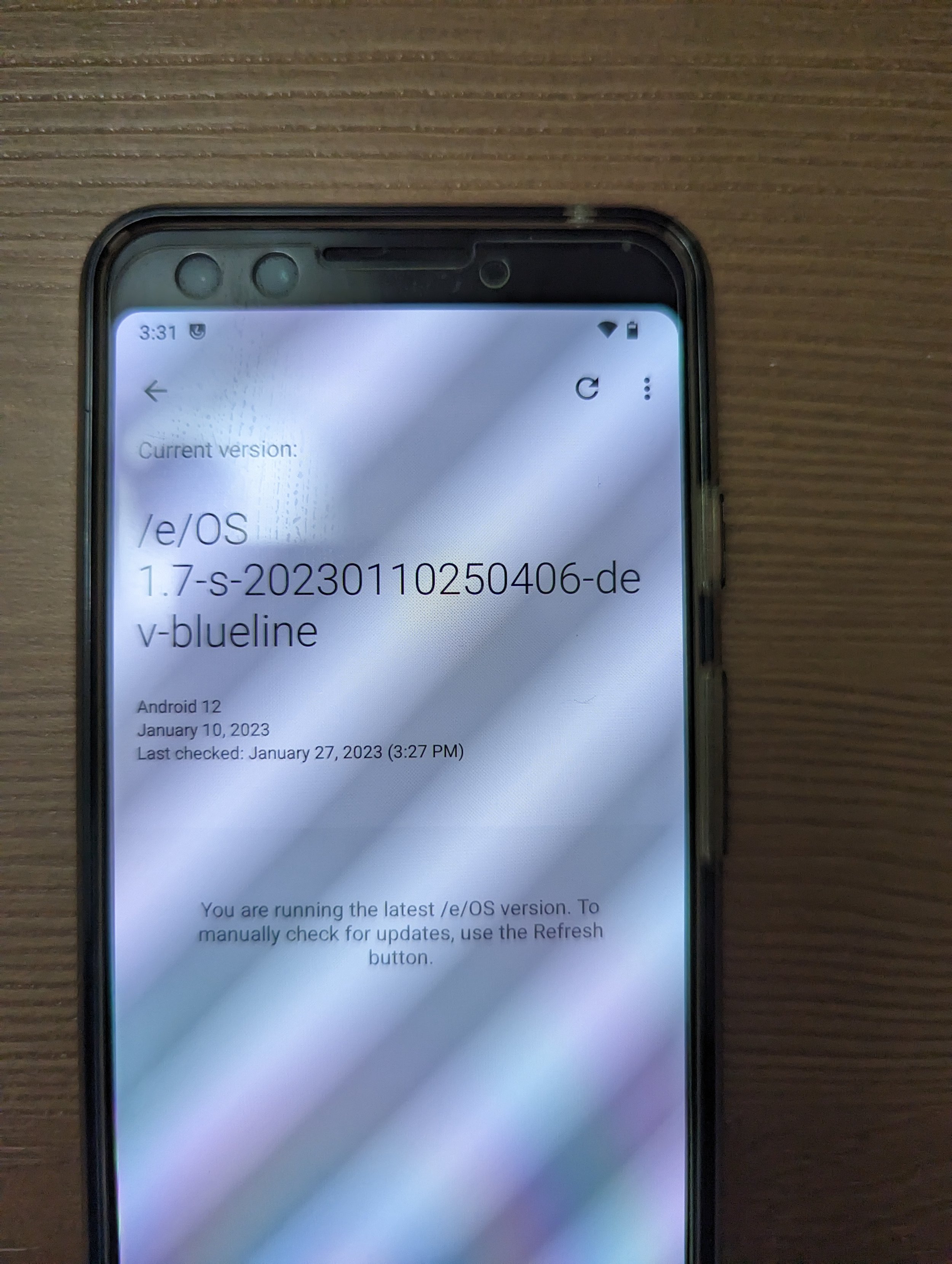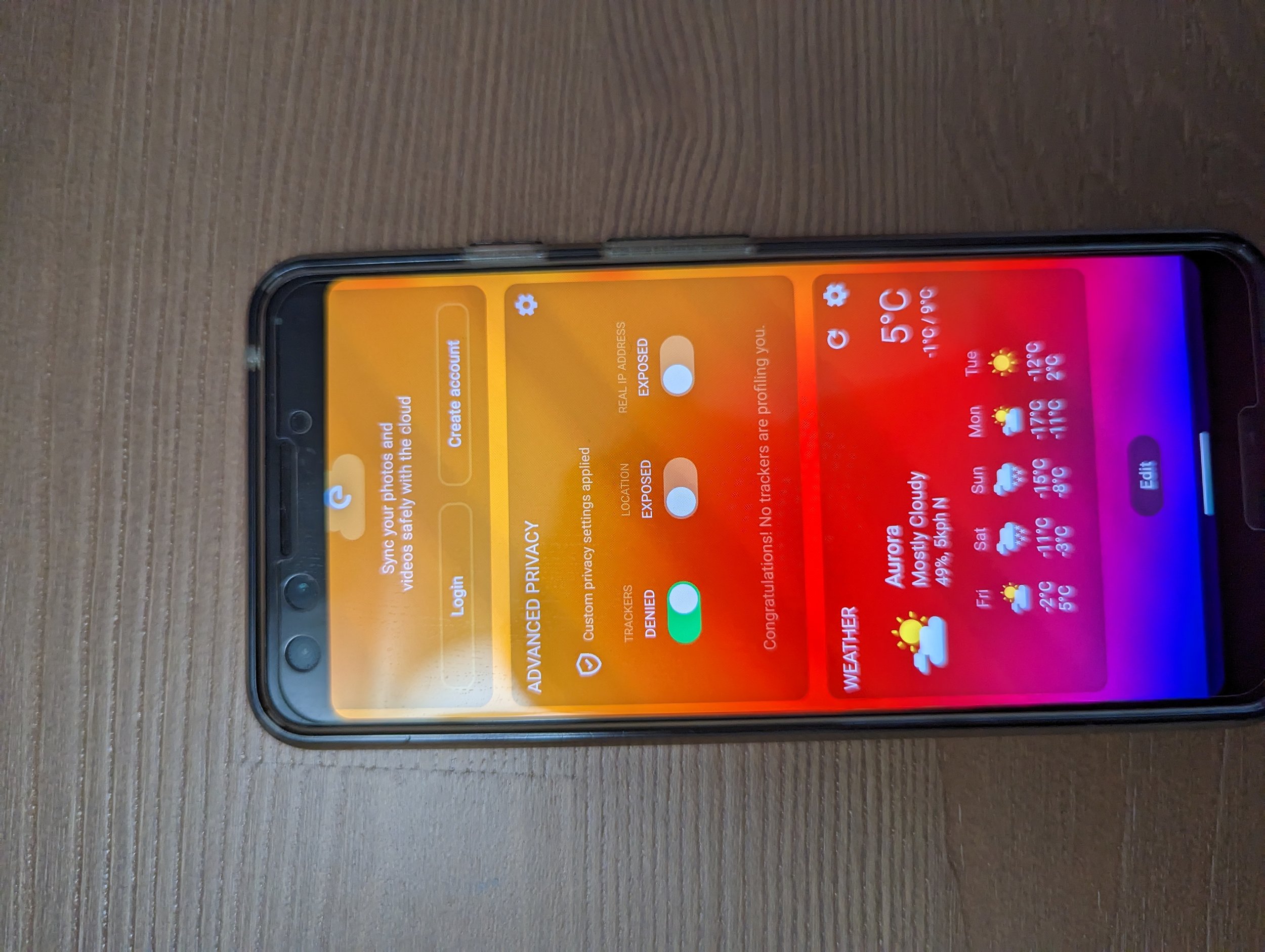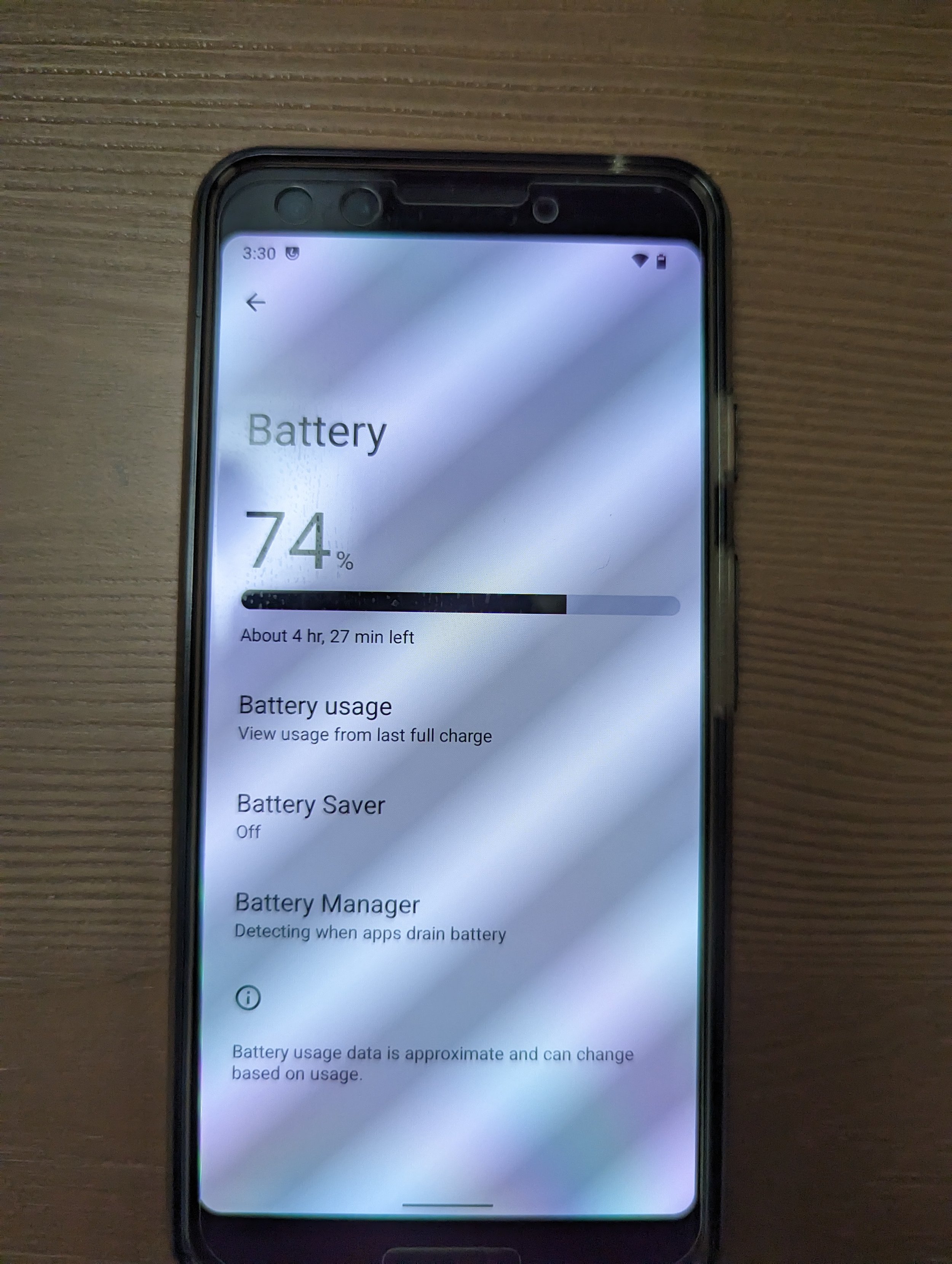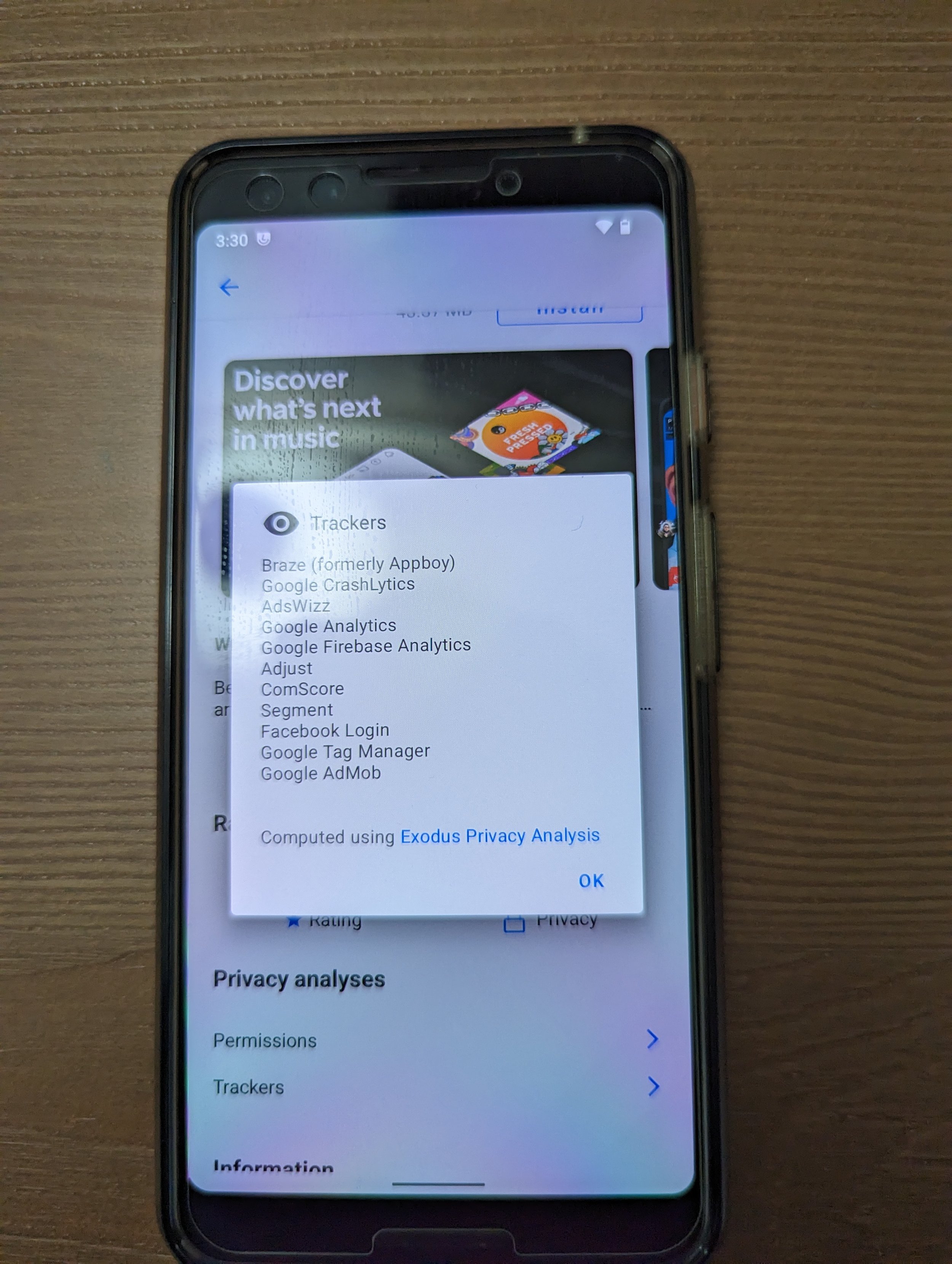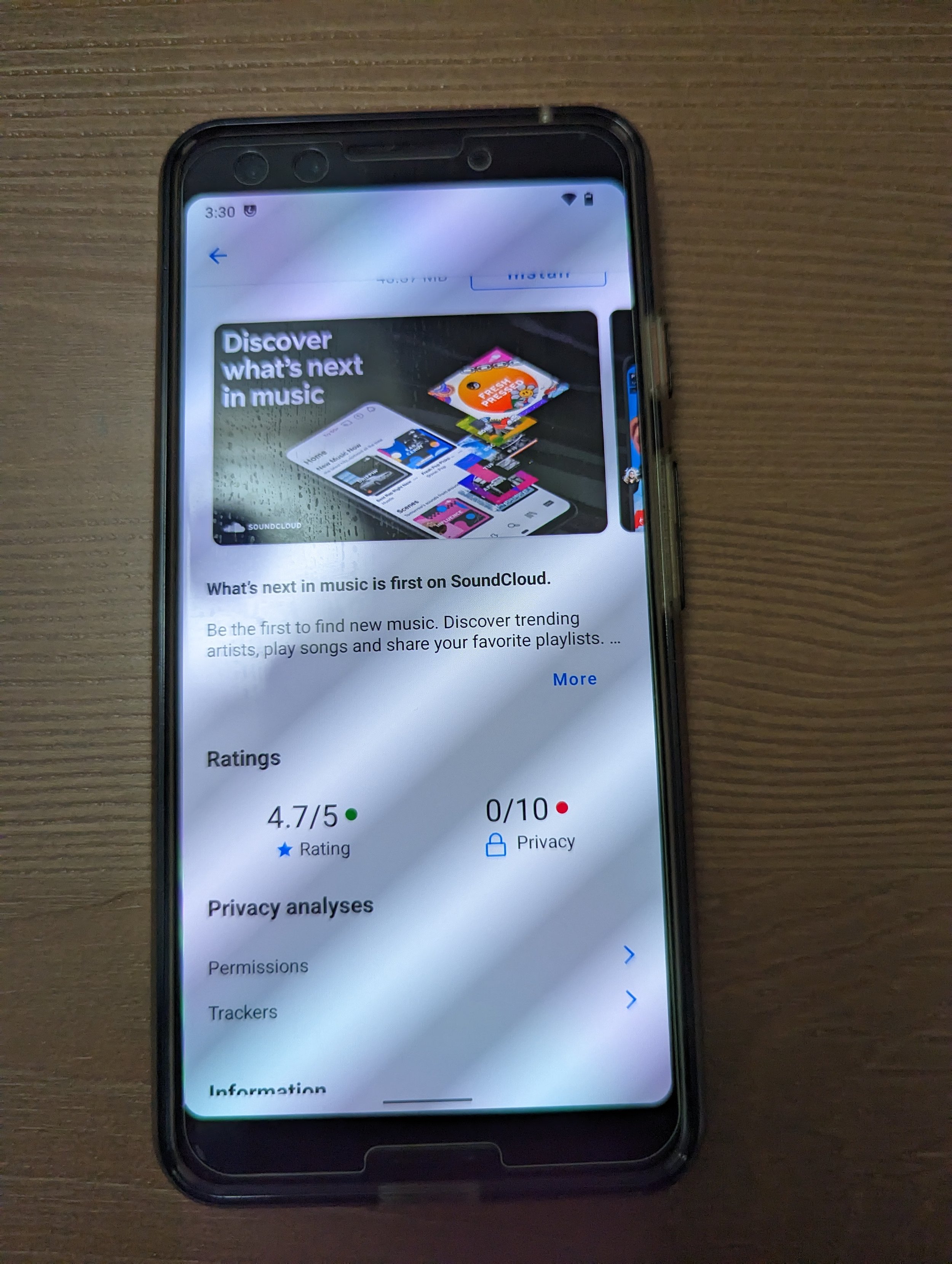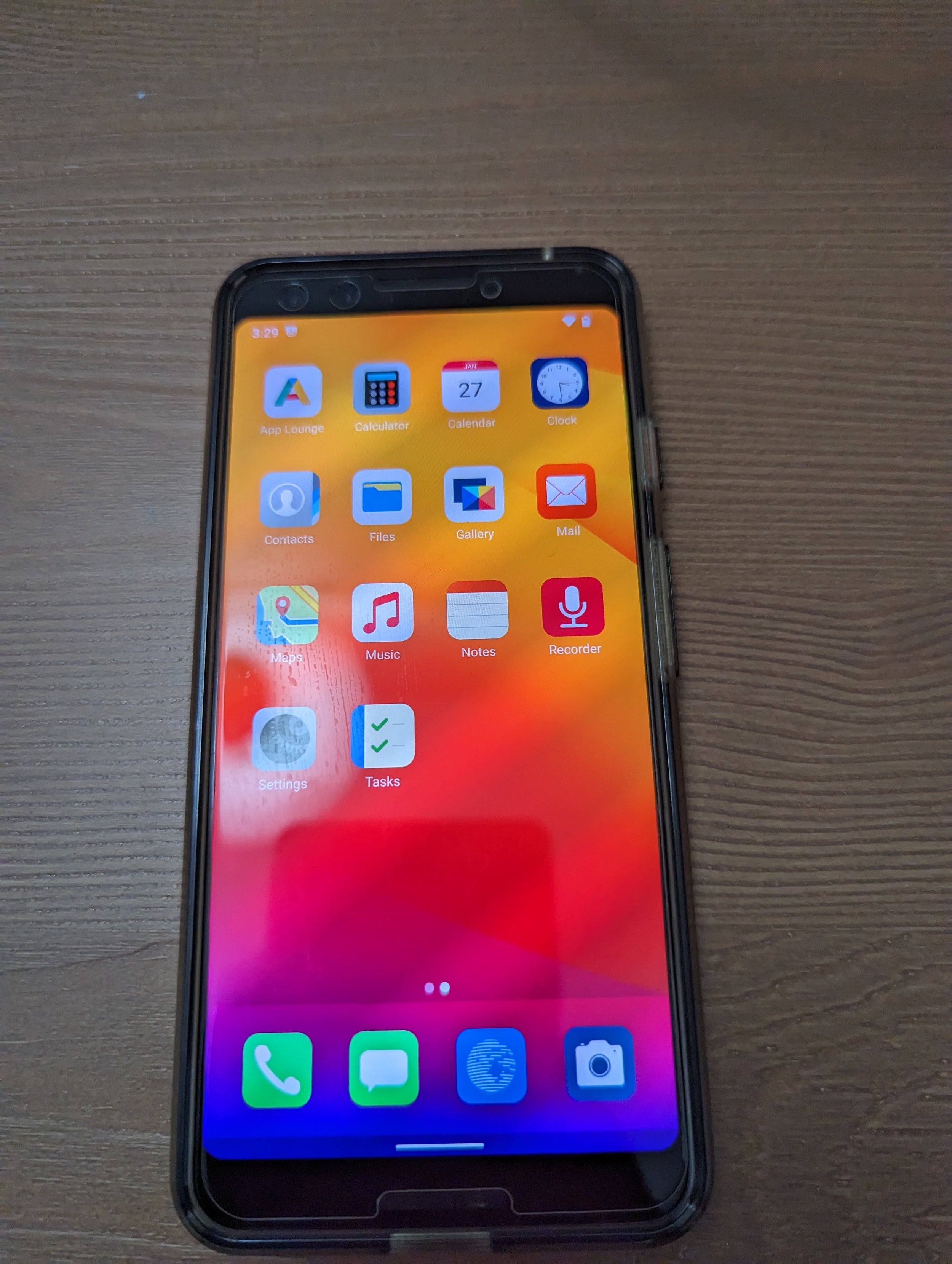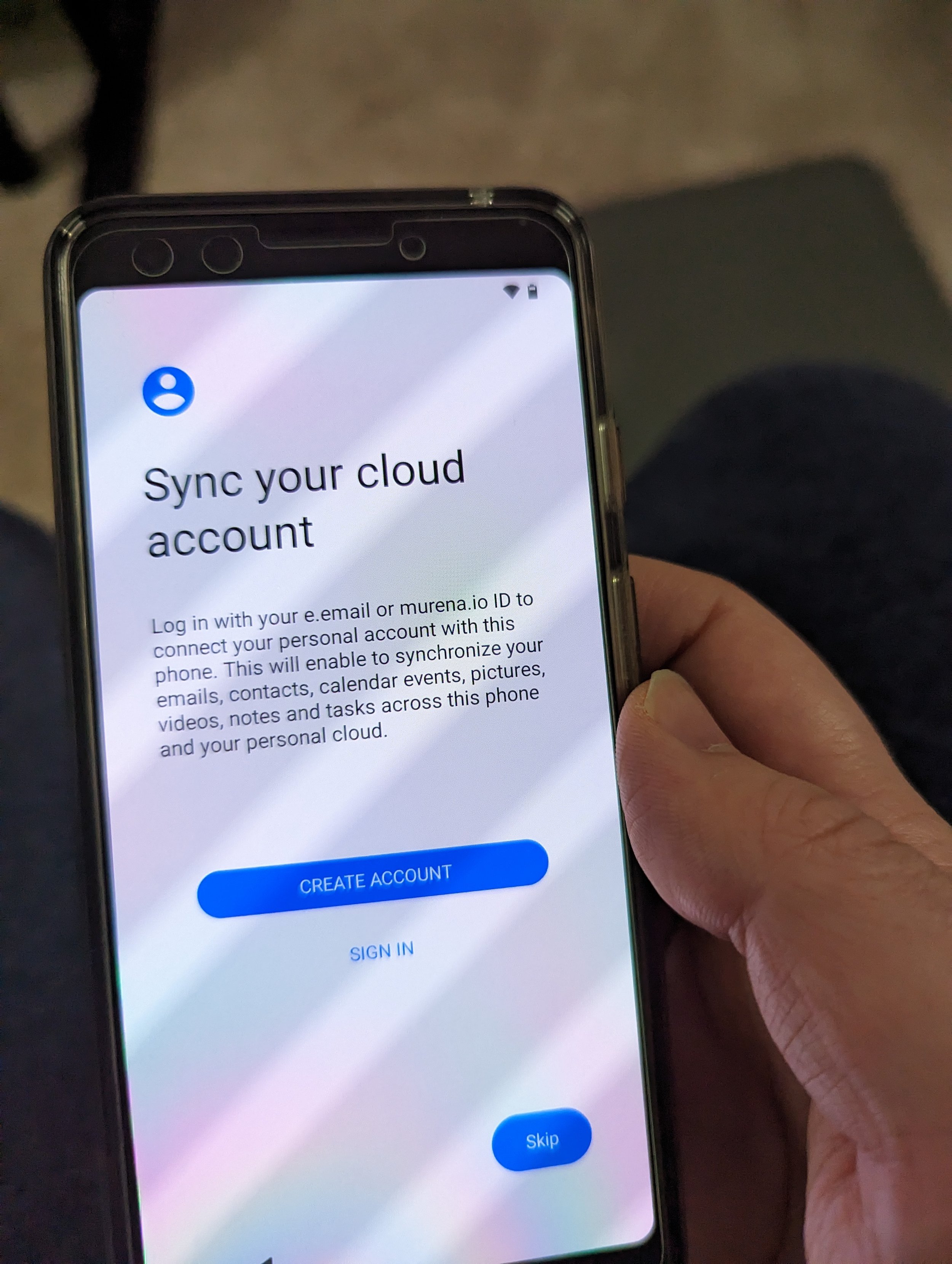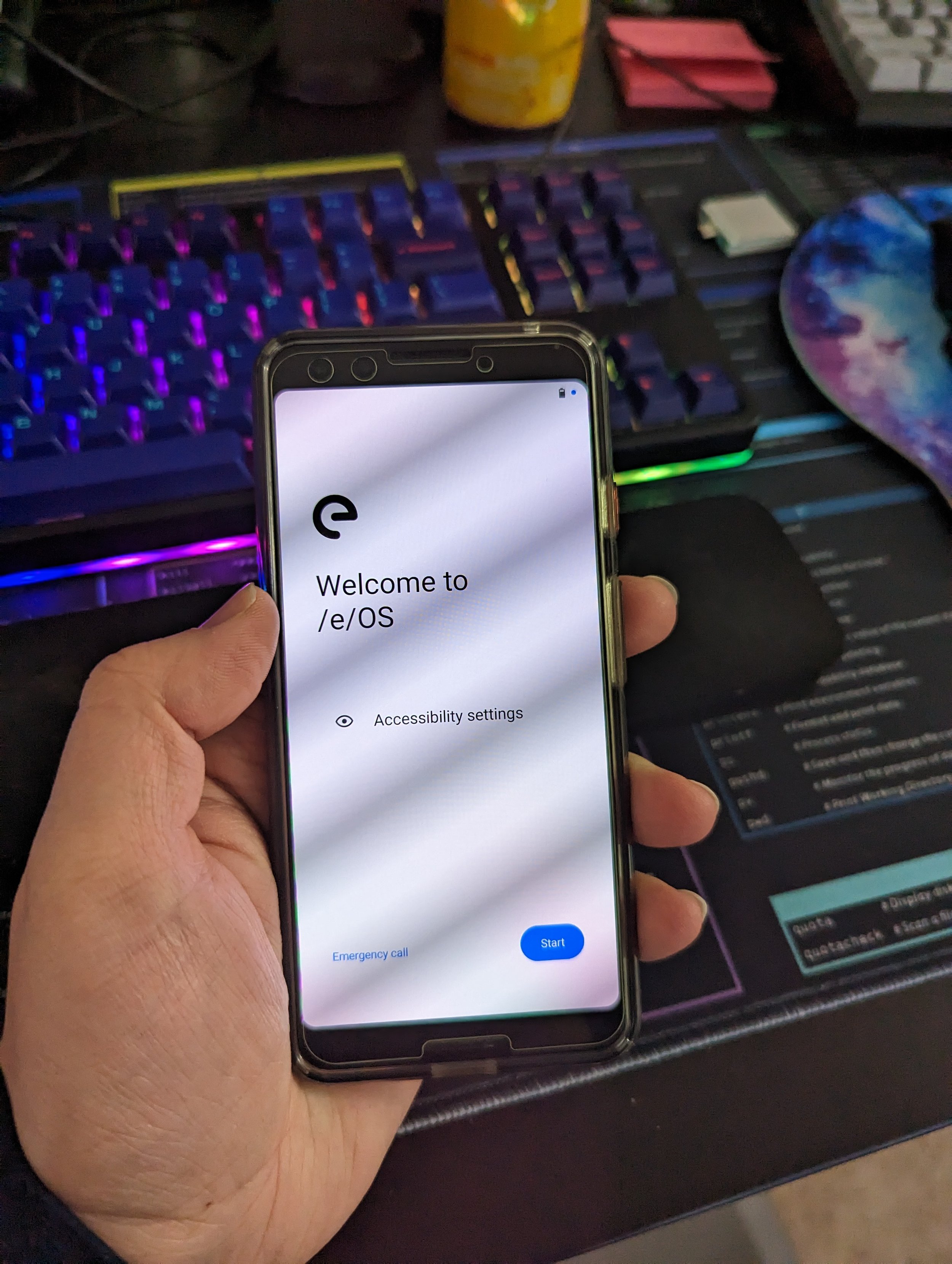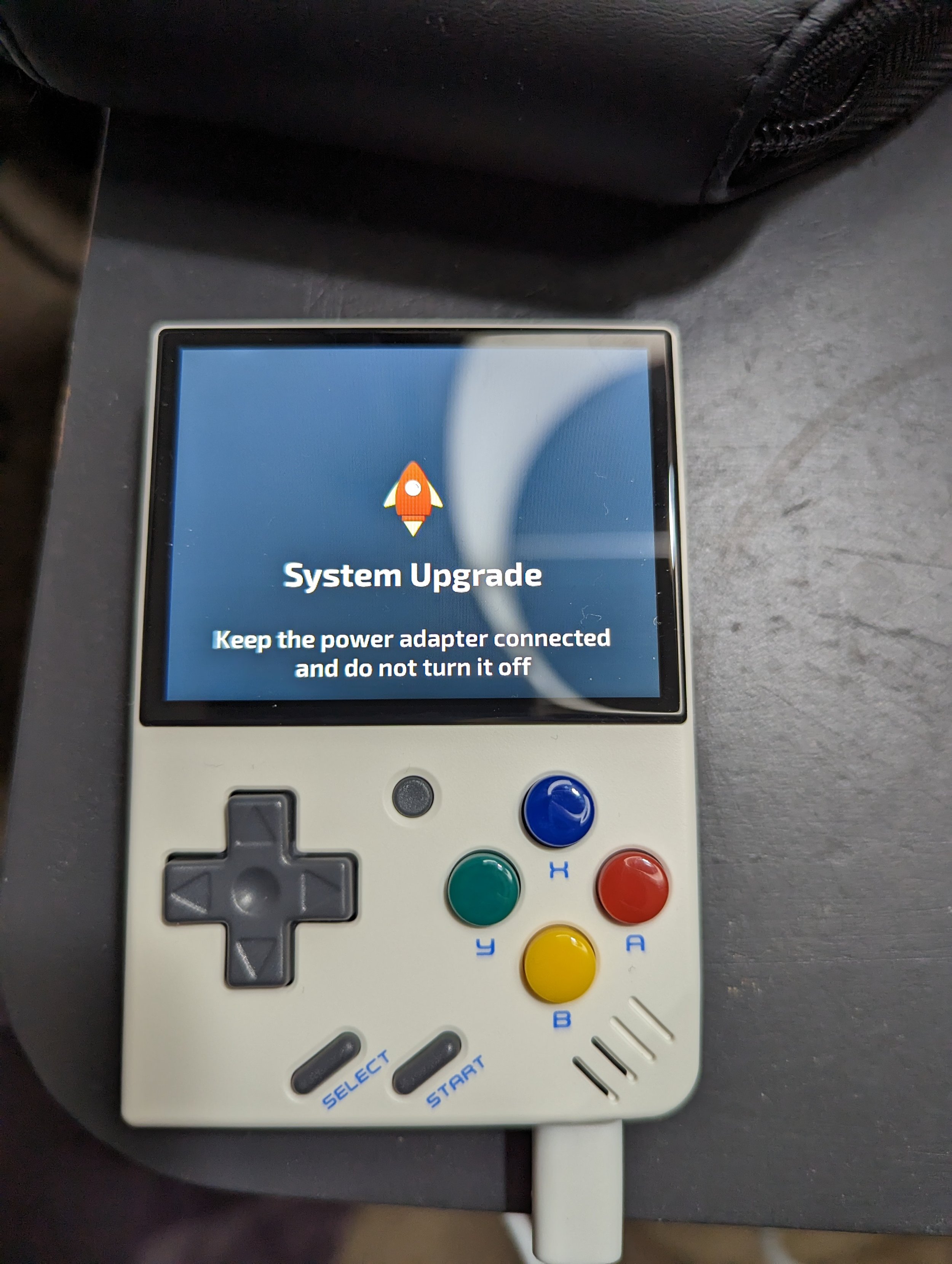ChimeraOS Testing on the Win600, The Job Hunt Continues
/Hello again there! Here goes another blog post. Not much happened in April, so not much to say. I’m still on the hunt for an ethically-paying remote job due to the possible implications catching COVID or other blood-related infections could mess with my Hemochromatosis.
Anyway, if anyone is hiring Linux Support Engineers or Customer Support people remotely, I’m available!
In other news, I was sent an Anbernic Win600 lower-end handheld by a generous friend recently. They wish to keep anonymous, so I’ll respect their wishes. This little guy has an AMD Athlon 3050e Silver in it. I went ahead and upgraded the RAM From 8GB at 2666mhz to 16gb at 3200mhz though. As I don’t have any 2242-sized M.2 drives, nor the funds currently to grab one, I’ll keep this little guy at its stock 256gb storage.
It originally came with Windows 10, which was a terrible experience. The system wouldn’t power on until it was fully charged, about 2.9 hours on the cable it came with, and then it took 10 minutes to “power through” the Windows boot-up.
There’s my little Crucial RAM upgrade there. Note that you should always unplug batteries when working on electronics. Also, that fan is practically always-on…going to need to see if I can get a better thermal pad for this 6W APU.
After plugging in a flash drive, I went into the boot menu on the Anbernic Win600 to see if I could load my Ventoy USB. If you try to change boot selection without anything else plugged in, it seems you’ll have a bad time. I ended up trying three different USB-C hubs before ending up on one from Cable Matters that worked. After plugging in a keyboard and mouse (no HDMI output in boot menu or installation) I successfully went into Ventoy and chose my ChimeraOS installer, as this experience will be a hell of a lot better than Windows. You can check out their website here.
After getting the image to boot, with a dock plugging the device into a keyboard and mouse as well as Ethernet and power, it went ahead and booted then ran through the automated installer.
I’m comfortable leaving that QR code here, as I ended up refreshing it, and then logging in via the Steam app. This is what the welcome screen for ChimeraOS looks like! Once you’re booted up and signed in, all the controls work perfectly fine! The only somewhat not-intuitive aspect of this is that the Windows button on the right acts as the Steam button and the Home button on the left acts as the *** triple dot button you’d usually find on the Steam Deck for Quick Settings.
In my testing with this little guy, it can’t really handle too many large 3D games, but I played the following games perfectly fine when locked anywhere between 30fps and 60fps on this amazing screen:
Vampire Survivors
Factorio
Core Keeper
Monster Crown
Graveyard Keeper
Cave Story
Hades
Cult of the Lamb


